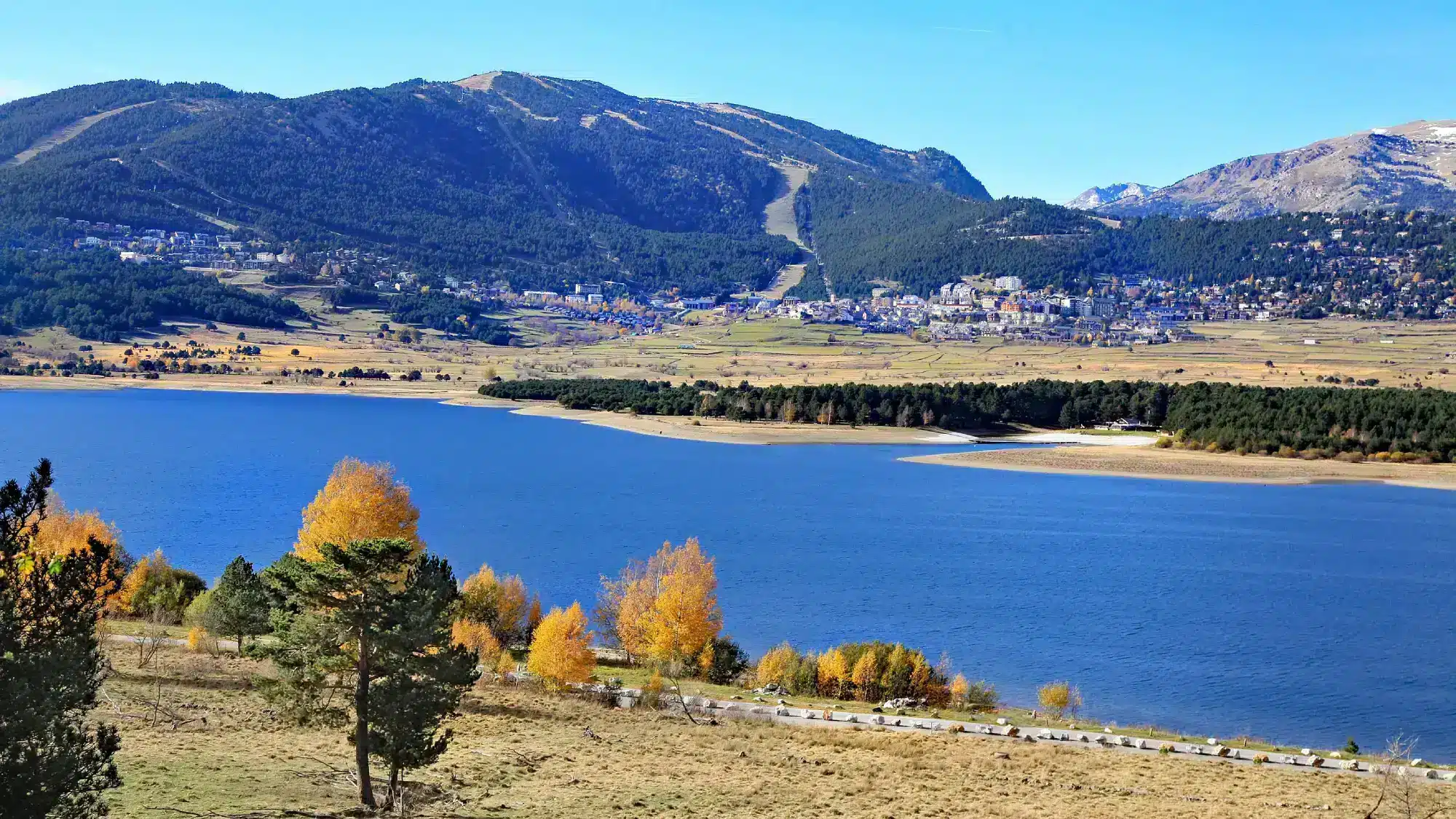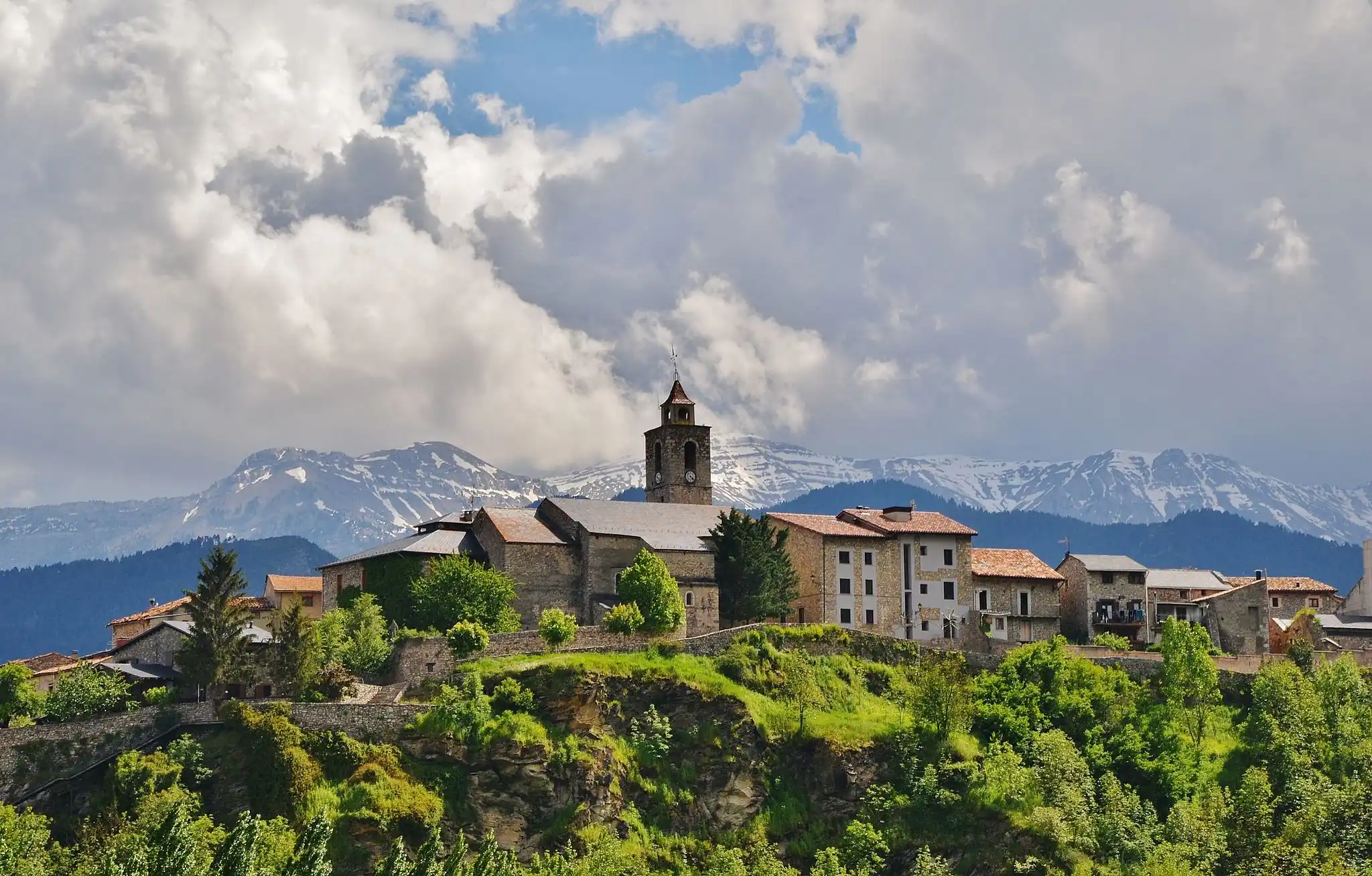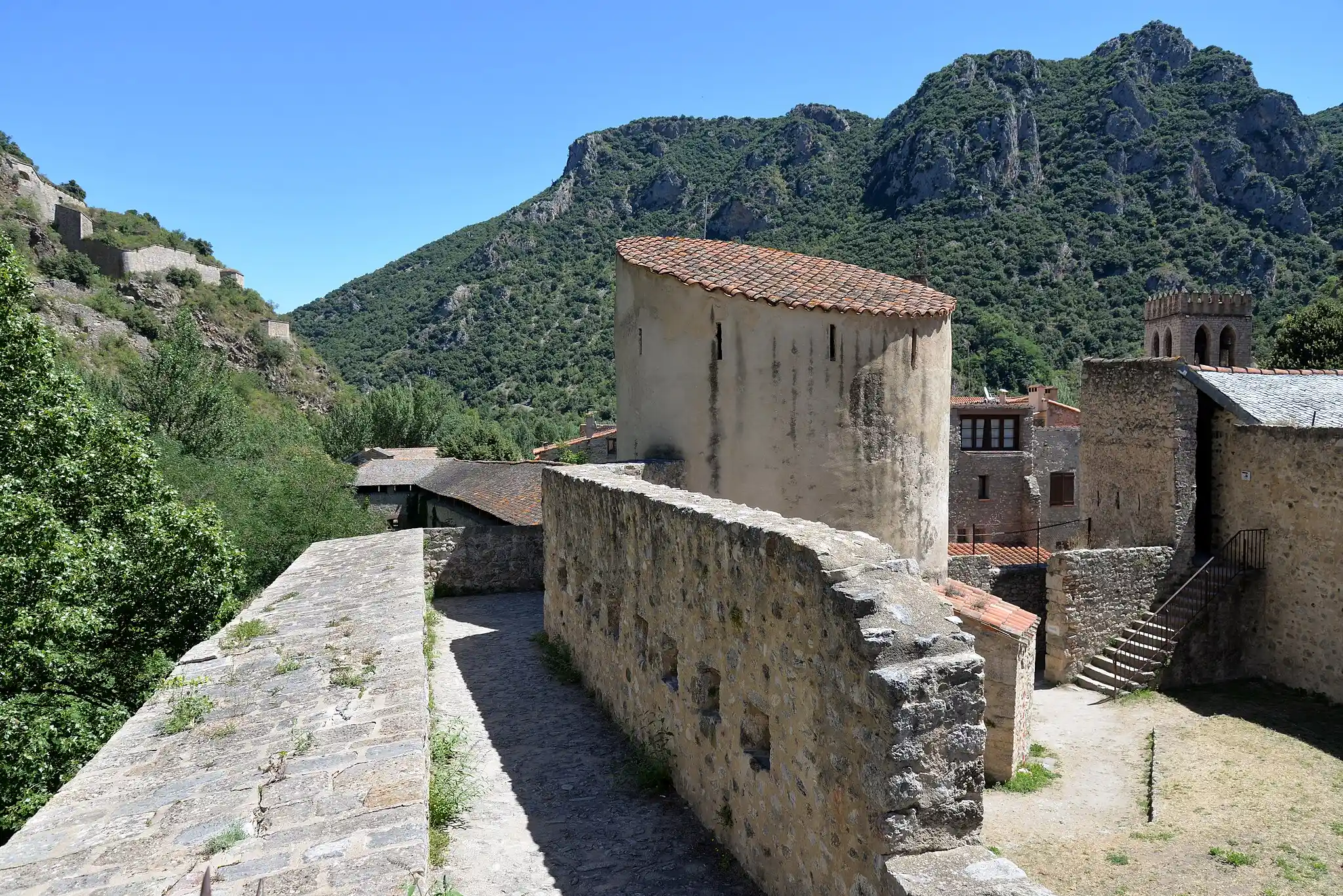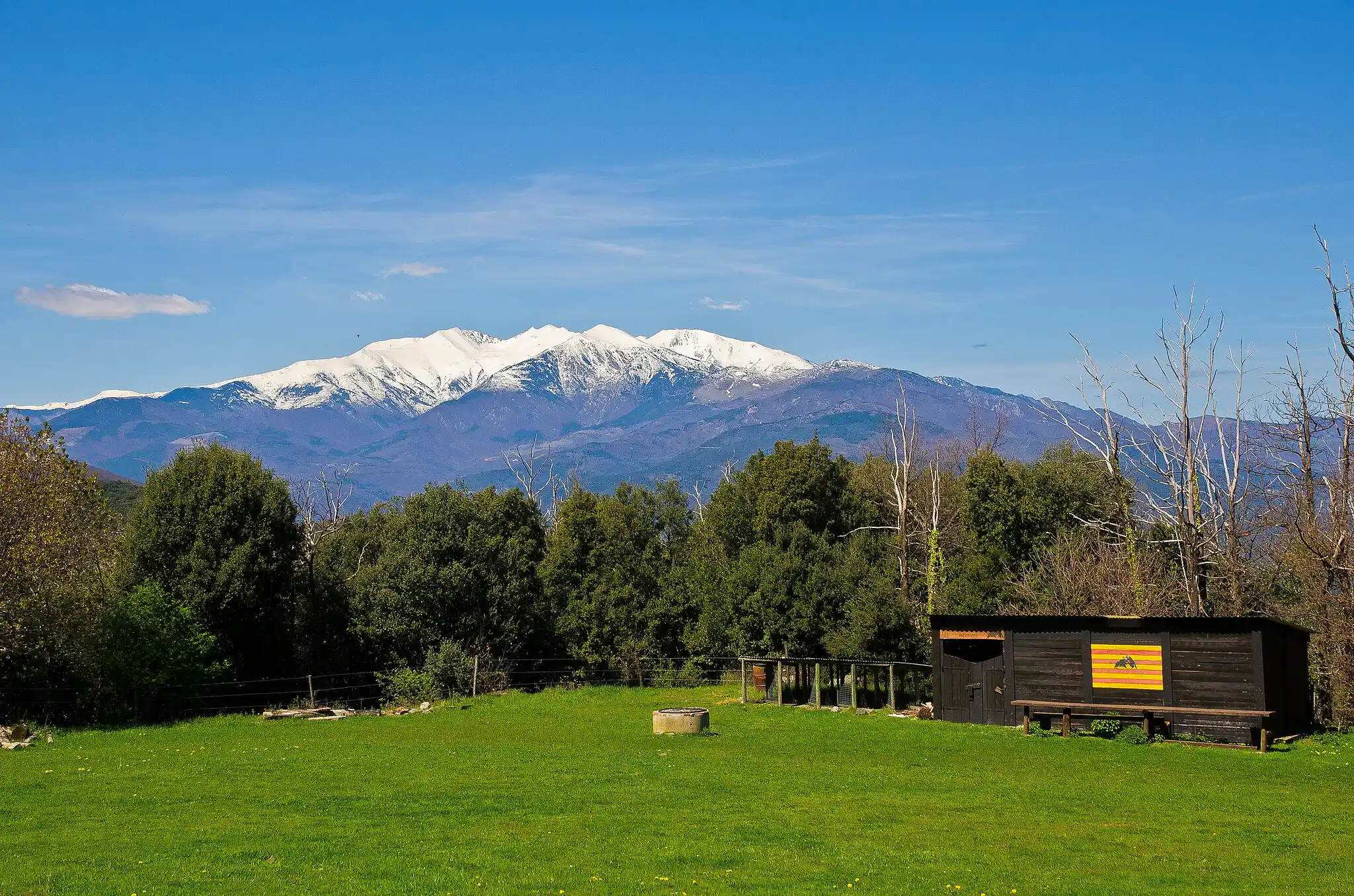Cerdagne and Capcir
Le Bois Fleuri, a campsite in Argelès-sur-Mer, is located close to the Cerdagne and Capcir regions, two high plateaus in the Pyrenees, criss-crossed by hiking trails and dotted with sublime mountain lakes. Your camping vacation in Argelès will take you from the Mediterranean beaches to the high mountain resorts: a holiday full of contrasts!

La Cerdagne
On the eastern side of the Pyrenean massif, Cerdagne is a high-altitude plain straddling the French and Spanish territories. The part of Cerdagne located in France, in the Pyrénées-Orientales department, is called Haute-Cerdagne, as opposed to Basse-Cerdagne on the Spanish side. Cerdagne lies to the west of Conflent, from which it is separated by the Col de la Perche, at an altitude of over 1,500 meters. It also borders Andorra. Haute-Cerdagne includes the landlocked Spanish territory of Llivia, the only town that was not conceded to the Kingdom of France at the time of the Treaty of the Pyrenees in 1659, because it was then considered a town rather than a village.
Easily accessible from the Argelès-sur-Mer coastline, Cerdagne is the highest and most westerly natural region in the Pyrénées-Orientales. Its grandiose landscapes are home to all the assets of the high mountains: the ski resorts of Puigmal and Font-Romeu, the hot springs and spas of Llo and Dorrès, and the most famous hiking trails in the Pyrenees. The Cerdagne highlands are also home to the source of the Segre river, which flows into Spain. The border with Spain is marked only by the Cerda hill, on which the town of Puigcerda was built in the 14ᵉ century. For a long time isolated by its difficult access, the Cerdagne was opened up at the very beginning of the 20ᵉ century thanks to the introduction of the little yellow train linking it to the Conflent.
The main towns in the French Cerdagne region are Bourg-Madame and Font-Romeu. Bordering on Spain, Bourg-Madame is also crossed by the road leading to Andorra. Nearby is the village of Hix, home to an architecturally remarkable church and the former castle of the Counts of Cerdagne. Sainte-Léocadie is home to the Musée de Cerdagne, which presents and promotes the region’s special features in an historic 18ᵉ century building, the Cal Mateu farmhouse. Here you can discover the daily lives of the inhabitants of this long-isolated region over the centuries. Visiting the villages of Cerdagne is also an opportunity to discover age-old local skills, from the famous Cerdagne charcuterie to granite carving.
When it comes to leisure activities, Cerdagne offers a wide variety. From the via ferrata at Les Escaldilles to the rock-climbing site at Llo and the rocky chaos of Targasonne, climbing enthusiasts will find everything they need. For relaxation and well-being, head for the Dorres or Llo baths, perfect after a summer hike or a ski descent.
Capcir
A historic region of the Pyrénées-Orientales, Capcir corresponds to the upper Aude valley, perched between 1300 and 1700 meters above sea level. Its capital is Formiguères. The Capcir plateau is separated from the Têt valley by the Col de la Quillane. The highest plateau in the Pyrenees, it is nicknamed Little Canada or Little Siberia, in reference to its harsh winters. The plateau is also Europe’s last refuge for the Siberian ligwort, an arctic plant that can only be found near the poles. In addition to Formiguères, 6 other communes make up the Capcir territory: Les Angles, Réal, Puyvalador, Fontrabiouse and Matemale.
From medieval times onwards, Capcir was successively a territory of the County of Razès, the Counts of Cerdagne and then the County of Barcelona. It was in the 20th century that the Capcir landscape took on its current appearance, with the construction of dams in the Aude valley and the creation of the Matemale and Puyvalador reservoirs. A number of villages disappeared during these developments.
Once a very rural area, the Capcir has developed considerably thanks to tourism. In particular, it has become a Mecca for cross-country skiers. Its Nordic landscapes, altitude and flat terrain make it an ideal location for this discipline, which began to develop in the 70s. The Capcir Nordic resort has 56 km of cross-country ski trails for which a fee is charged, and 60 km of free white trails. The range of Nordic activities is extensive: cani-skiing, Nordic walking, fatbike, ski-joëring or snowshoeing, the most modern leisure activities rub shoulders with traditional practices. You can even try your hand at laser biathlon!
In summer, the Lac de Puyvalador offers some of the best hiking in France, while the Lac de Matemale boasts a full range of leisure activities on its shores, including horseback riding, quad biking, mini-sailing and accrobranche (tree climbing). It features a pedal-boat and canoe rental service, an inflatable water course and a sailing school. Restaurants and snack bars are also available on site.



